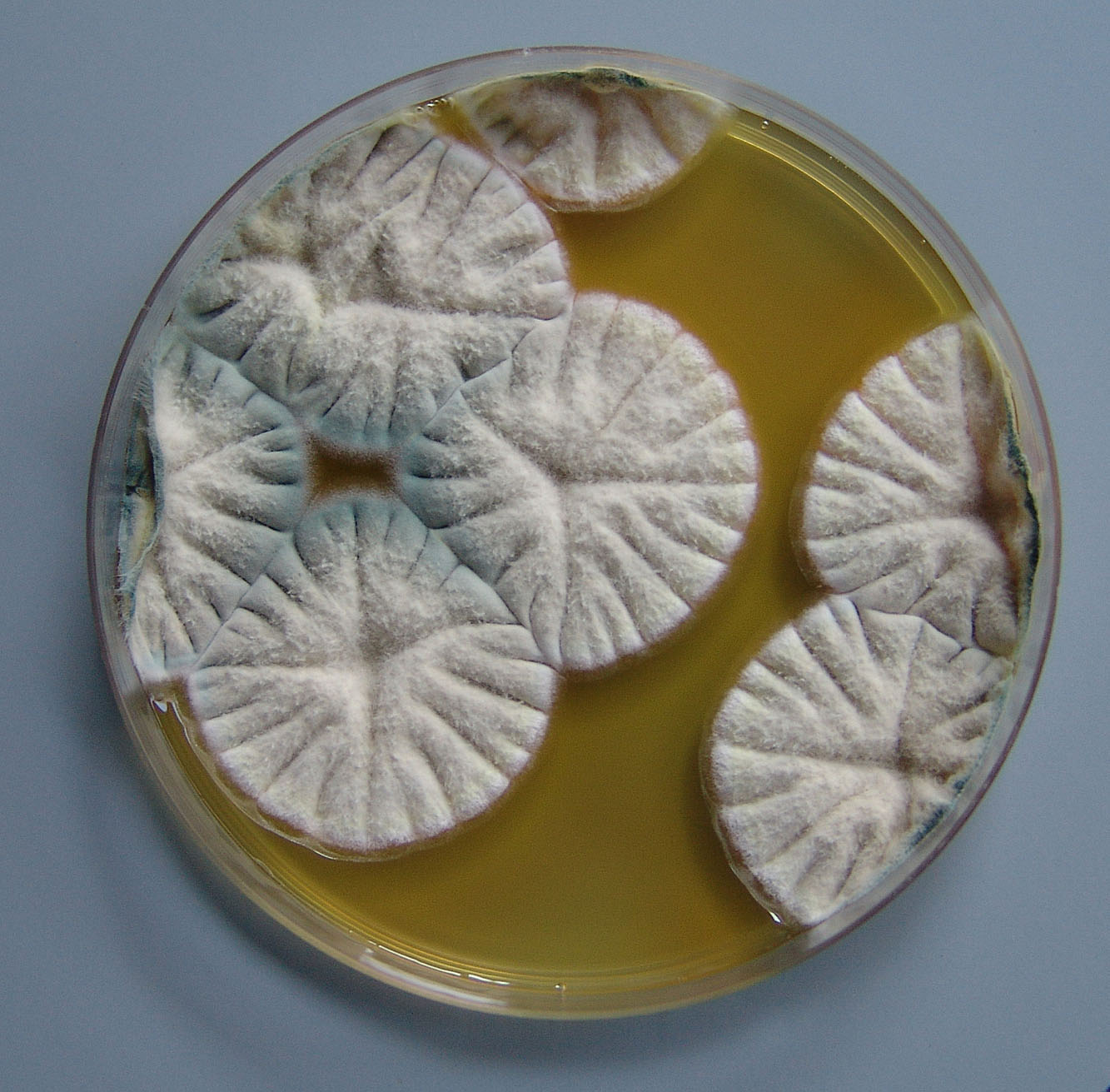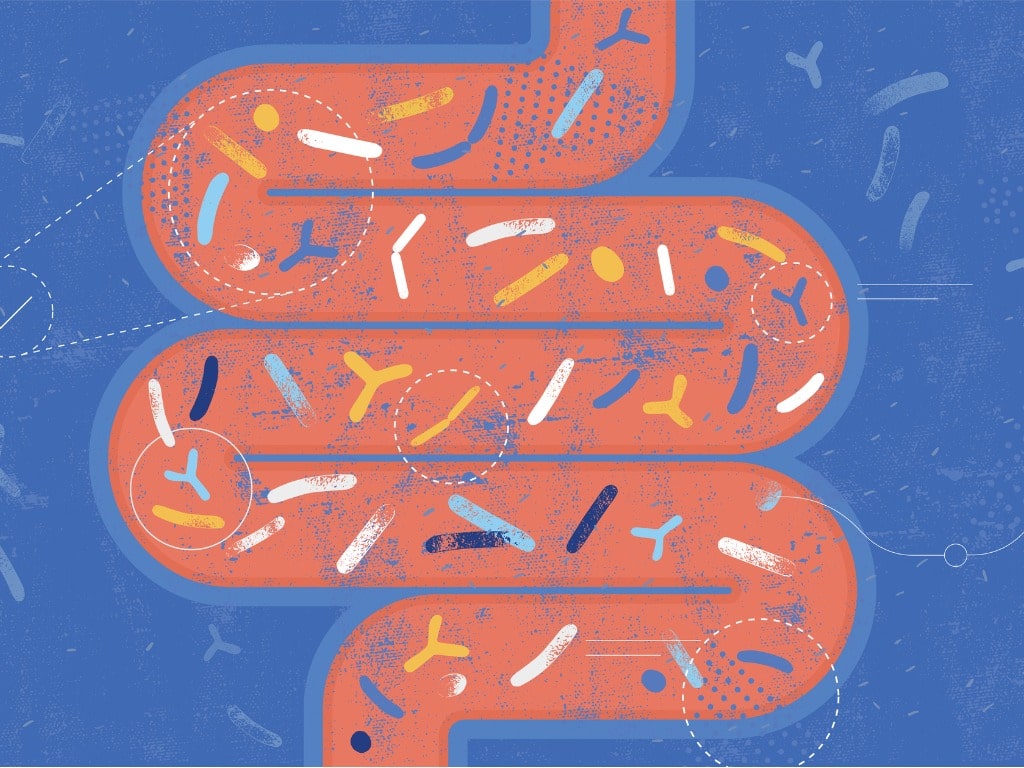You’re not alone as fungal infections can be especially stubborn to treat. While fungal infections are usually more annoying than life-threatening, they can be fatal.
My focus is going to be on Candida spp. infections (categorized as yeasts, a subset of fungi) which are not lethal, but can certainly be problematic and affect quality of life.
Candida is one of the more common and opportunistic fungi. As you review the list of candida-associated conditions, you probably know someone who may benefit from some anti-fungal support. This article is for them.
Candida-Associated Conditions:
- Chronic Fatigue
- Fibromyalgia
- Urinary Tract Infections
- Candida vaginitis
- Yeast infections (men and women)
- Thrush
- Interstitial Cystitis
- Athlete’s foot
- Ringworm
- Jock Itch & more
Candida albicans is the strain most commonly associated with urinary tract and yeast infections in women. Candida albicans and other Candida spp. can also affect us systemically, especially in the intestines following the use of antibiotics, or a course of chemotherapy.
Conventional medicine often jumps right to how to treat an existing fungal infection with an anti-fungal medication or cream, but let’s review some of the potential causes from a more holistic perspective.
Potential Holistic Causes:
- Hidden, unrecognized food allergies, sensitivities, and intolerances.
- Recent or chronic antibiotic medication use.
- Recent or chronic anti-fungal medication usage.
- Chemotherapy and radiation.
- High intake of sugar and starch & resultant insulin resistance and high fasting blood sugar.
- Immune system suppression from stress, anxiety, depression or certain medications such as long-term use of prednisone.
A Fungus Among Us
It’s important to recognize that fungus is everywhere. We know this when we leave food out for too long and it develops mold – especially bread. If you were to swab your countertops or your work desk and put it on a special agar plate, you’d likely see some fungal growth.
Yuck, right?
Well, not all fungus is bad for us.
There are powerful medicinal mushrooms such as Cordyceps, and molds such as penicillin. We also use yeast in baking; and mold growth defines some of our favorite cheese varieties.
Fungi harbor powerful defense strategies that we have leveraged for our own anti-bacterial and commercial uses.
Unfortunately, now that these tools have been available to use for decades, overuse of antibiotics like amoxicillin has led to bacterial resistance. Likewise, fungal infections have also begun showing resistance to anti-fungal medications. Diseases once easily managed by a short round of medication, are now becoming increasingly difficult to treat, and the problem is not going away any time soon. Our health system is scrambling to find other alternatives.
I believe natural support is a crucial missing link, limited, in my opinion, by the inability of pharmaceutical companies to patent natural ingredients, and their traditional unwillingness to fund appropriate studies comparing outcomes of natural ingredients with pharmaceutical drugs.
Chronic, low-lying fungal infections can contribute to a variety of long-term effects. Unfortunately, in the wrong places, they can be fatal as the fungal meningitis outbreak has shown us.
Long-term Consequences of Underlying Fungal Overgrowth:
- Autoimmune-like symptoms
- Mental fog/Difficulty concentrating
- Weight gain
- Resistance to weight loss
- Secondary Hypothyroidism
- Poor Liver Detoxification
The Influence of Lifestyle Triggers
So before we look to natural anti-fungal supports available to us from nature, let’s talk about how you might prevent a fungal/yeast infection in the first place.
Because fungi are so universal in our environment, usually it’s lifestyle circumstances such as high stress, high use of medications, or the existence of other health problems that can lead to an infection. Recently, the fungal meningitis outbreak was caused by fungus-contaminated steroid shots which were injected into some 13,000 people. Unfortunately, fungal meningitis can take a month to develop, so we’re bound to see many more cases pop up.
I personally had viral meningitis as a junior in high school, and it was probably the worst thing I’ve gone through medically. I was lucky though as bacterial meningitis can be deadly. But likewise, fungal meningitis can be difficult to treat as the infection is within the spinal canal where the cerebrospinal fluid resides. Anti-fungal drugs can also be relatively harsh on our systems.
Potentially, using more natural approaches may be more well-tolerated by the body and possibly even more effective than traditional medical treatments. As I will discuss, they offer possible synergy with existing anti-fungal medications as well. I think that our health system would be foolish to overlook their potential benefits as potential side effects are minimal in comparison to pharmaceutical approaches.
Preventive Actions:
- Eat a low-sugar, low glycemic index diet: yeasts like candida love to eat sugar. Urinary tract infections, yeast infections, and conditions such as interstitial cystitis can be associated with candida growth, and be triggered by high sugar intake.
- Probiotics (1). Probiotics are healthy bacteria that you can take as a supplement that are normally found in a healthy gastrointestinal tract as well as the lining of the urinary tract. They can help promote healthy digestion, immune activity, and a balance of bacteria that may help ward off opportunistic fungal infections. Saccharomyces boulardii is a probiotic yeast that can help balance unnatural yeast overgrowth. I like using SporeBoost IG and BifidoSpectrum Probiotic together to support upper and lower GI health without aggravating Candida.
Anti-fungal Drugs vs. Alternative Medicine:
When I said, fungi are everywhere, I mean it.
- 75% of women will experience a Candida infection at some point in their reproductive years.
- 40-50% have recurrent infections, and 5-8% of them experience chronic Candida infections.
- As of 2005, approximately three million women were estimated to have recurrent Candida infections, and that number was expected to rise significantly (2).
The moral of the story is that these infections are really common, and although they’re not always fatal, they can be quite annoying, resistant, and chronic. Therefore, fungus overgrowth can be really expensive to our collective wallets.
Fungal Resistance to Anti-fungal Drugs:
Because of the widespread use of “azole” antifungal medications and creams, drug-resistant yeast forms of yeast have now developed. As I mentioned earlier, combining conventional medications with alternative medicine may present new opportunities for treatment.
I wonder how many lives could potentially be saved with the current fungal meningitis outbreak if natural therapies were combined with conventional medicine?
This is a bit of a controversial statement, but it is not without its support. For instance, labs have demonstrated some synergistic activity of garlic alongside anti-fungal medication for certain Candida species. The allicin extracted from garlic has been demonstrated to possess systemic anti-fungal activity with equal or greater potency than fluconazole, a common anti-fungal medication in the “azole” class of drugs (3; 4; 5; 6). In addition to being taken orally, a topical cream containing garlic and thyme was as effective as a clotrimazole vaginal cream for support of candida vaginitis (7)
Coenzyme Q10:
Candida may be involved in depleting the body of Coenzyme Q10, important for energy production, as well as heart and muscle health (8; 9). Low levels of coenzyme Q10 may be associated with low energy and fatigue, as well as muscle aches and pains. Fibromyalgia and chronic fatigue, which are characterized by low energy and muscle pain are often associated with underlying Candida overgrowth which may account for some of the tiredness and muscle soreness associated with these conditions.
As so many factors play into a chronic disease, it’s hard to draw direct assumptions or conclusions about the use of natural supports, but there is evidence out there to support an important role either alone and/or with a combination of conventional therapies.
I support CoQ10 most commonly with QH-Absorb 100mg or QH-Absorb 200mg by Jarrow Formulas.
Botanicals and Their Active Ingredients:
Herbal extracts are regarded for their wide-spectrum antifungal activity against a variety of species but do take the associations with a grain of salt as the studies may be limited for specific species and forms of fungal infections.
- Thyme (thymol), cayenne pepper (capsaicin), oregano (carvacrol), clove (eugenol), tea tree oil (terpenes), orange essential oils (such as limonene or linalool), and a variety of other plants and their extracts have demonstrated antifungal activity against Candida. (10; 11; 12; 13)Y Formula by Integrative Therapeutics contains Thyme and Oregano along with other botanicals to support normal yeast balance. Biocidin is an industry leader in microbiota balance support.
- Some strains of Gingko biloba showed anti-fungal and anti-inflammatory activity against Candida possibly due to concentrations of terpene lactones (15).
- Berberine is a bitter plant alkaloid present in a number of plants including Coptis root, Oregon grape, and Indian Barberry. The berberine extracted from these plants is well-known for its potent anti-Candida activity (16; 17; 18). While berberine extracts may be used on their own, they, like other options we’ve mentioned, may also offer synergistic activity with anti-fungal drugs – specifically with miconazole and fluconazole (19; 20). I’ll use Berberine Reset by Doctor Alex Supplements or Berberine Complex by Integrative Therapeutics.
- Grape seed extract also inhibited Candidal growth in mice in a dose-dependent manner, and while it worked on its own, it also offered a synergistic effect alongside amphotericin B, another common anti-fungal medication (14). There is some GSE in Berberine Reset to support a combined effect.
- Spore probiotics are a group of probiotic organisms that live in the soil and the intestines. They produce a variety of natural antimicrobial compounds that can help crowd out yeast and unwanted bacteria. I use SporeBoost IG, Spore Probiotics Soil-Based Microbiome Support individually or in combination with Megasporebiotic to support suspected or confirmed Candida growth.
- Finally, bee propolis is widely recognized for its anti-bacterial and anti-fungal properties (21). I use MegaMycoBalance by Microbiome Labs which combines bee propolis with undecylenic acid to support normal levels of yeast and fungi in the gut. Undecylenic acid is known to disrupt the “roots” (known as hyphae) candida organisms use to embed themselves into the intestinal lining.Bees use the chewed-up propolis containing bits of plant material to protect their hives from microbial invaders! I’ve dedicated an entire article devoted to bee propolis that I think you’ll enjoy as it’s pretty interesting stuff when you see how bees use the material themselves.
Medium Chain Saturated Fatty Acids: Caprylic Acid and Monolaurin:
The medium chain saturated fats, caprylic and lauric acid, are found naturally in coconut oil and may inhibit the growth of Candida according to research as old as 50 years.
When we think of saturated fats as being “bad”, we should specify which saturated fats we are talking about. The long-chain saturated fats (which still have some health benefits too) are the ones that we most commonly think of when we hear “saturated fats”. There are also short-chain fatty acids which are recognized as fuel for our colon cells, and medium-chain fatty acids, which can also act as a source of energy, but when converted to their monoglyceride form from their triglyceride form, demonstrate potent anti-microbial activity.
The truth is that saturated fats are not always the enemies we make them out to be. The short-chain and medium-chain fatty acids have their own distinct health properties. Caprylic acid and lauric acid are examples of medium-chain saturated fatty acids that just happen to exhibit some anti-Candida properties.
**To clarify the difference, long-chain fats have greater than 12 carbons in their chemical structure, while medium-chain fats have 8-12 carbons. Specifically, caprylic acid is 8 carbons long while lauric acid is 12 carbons long. They are “saturated” in that they contain no double-bonded carbons, unlike monounsaturated or polyunsaturated fats which contain one or more double-bonded carbons.**
Monocaprylin and monolaurin are more biologically active monoglyceride forms than the triglyceride forms: caprylic acid and lauric acid. Monolaurin has been demonstrated in the lab to reduce Candida albicans growth by 99% in as little as two minutes, and complete inhibition in five minutes (22).
Not too bad for a class of fats that I believe have been wrongly vilified over the last few decades.
While caprylic acid and its monocaprylin form may be more potent for Candida infections, monolaurin may be more well tolerated at higher dosages. Monolaurin is also more selective, meaning that it focuses on the bad guys and leaves the good guys. Monolaurin also offers a wider spectrum of anti-fungal, antibacterial, and antiviral activity than caprylic acid. In addition to being more selective, monolaurin has not been found to contribute to microbial resistance.
When it comes to monolaurin, I like UltraLaurin. For Caprylic Acid, I use MCT Wellness Oil: Caprylic Acid and Butyrate. When combined with the glucose scavenging support of Berberine Reset, the microbial balancing support of Biocidin, and the fungal root disruption and microbial balance of MegaMycoBalance, they can be nice mix-and-match options for support of normal fungal levels in the body.
If you have fungal overgrowth, there’s a higher risk that dormant viruses may become active, or bacterial overgrowth also exists. This makes monolaurin interesting because not only has it demonstrated anti-Candida properties in research, but it may also offer support for any co-existing bacterial and viral infections, as well as synergy with other anti-fungal medications (23; 24; 25).
A small human study was conducted in 2010 involving twenty-six women with Candida Vaginitis. The women applied an intra-vaginal gel containing monolaurin twice a day for two days. After the two days, vaginal swabs were collected and showed inhibition of Candida growth, but the growth of healthy lactobacillus in the vagina was not affected (26).
Contact us if you’re a client and need an option for monolaurin supplementation.
Moving Forward
With the rise of chronic disease, fungal overgrowth will slowly make its way into the mainstream headlines. The issues of antibiotics and antifungal resistance are serious problems that will require new answers for 21st-century healthcare.
I believe that natural supplements and herbal extracts can play an important role in the supportive prevention and co-management of these potentially serious problems.
At the very least, these natural ingredients are serving as a template for pharmaceutical companies to develop their next round of blockbuster drugs. But matching the natural synergy of plant compounds is difficult, and rather than trying to develop novel drug cocktails to approach these chronic health problems, I believe supporting your immune response naturally with food as medicine will drive the next wave of medical innovation in the upcoming years.




